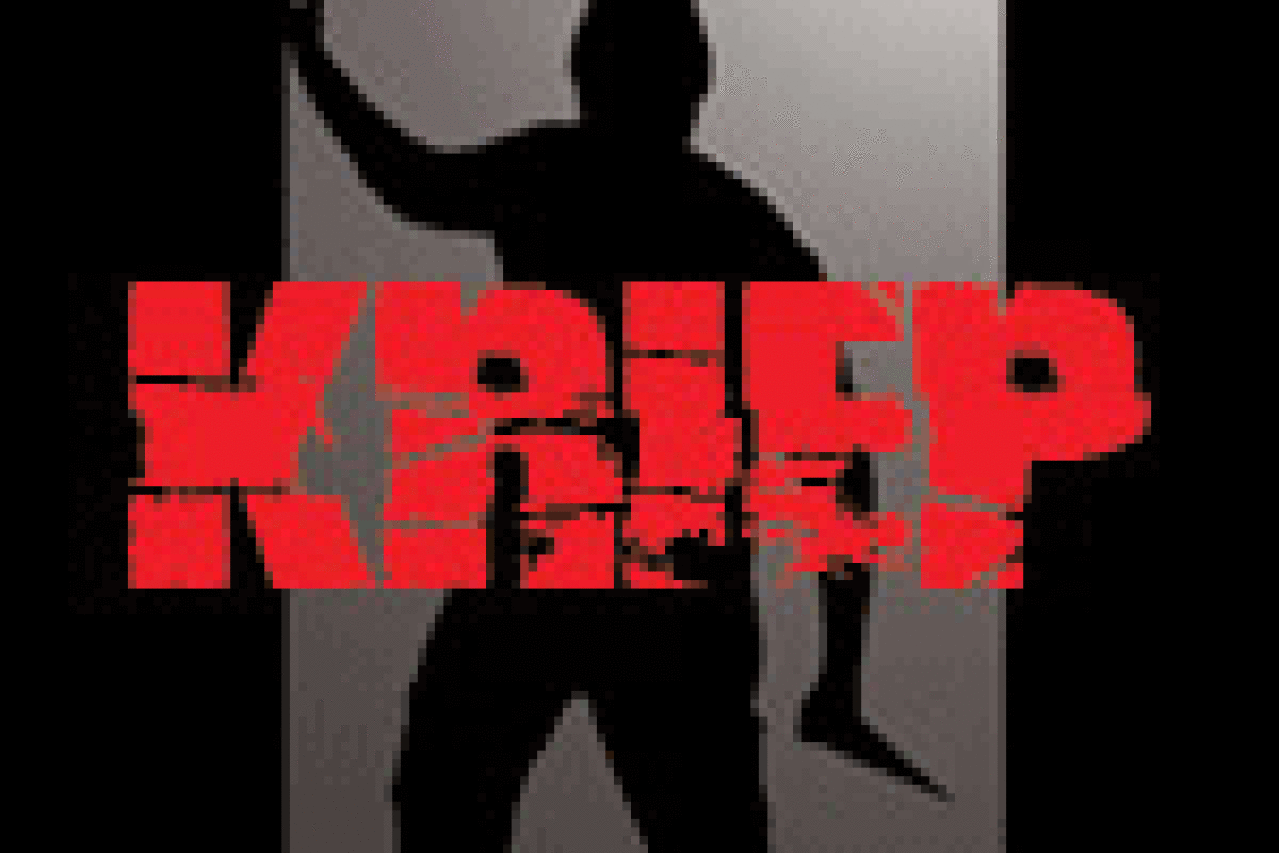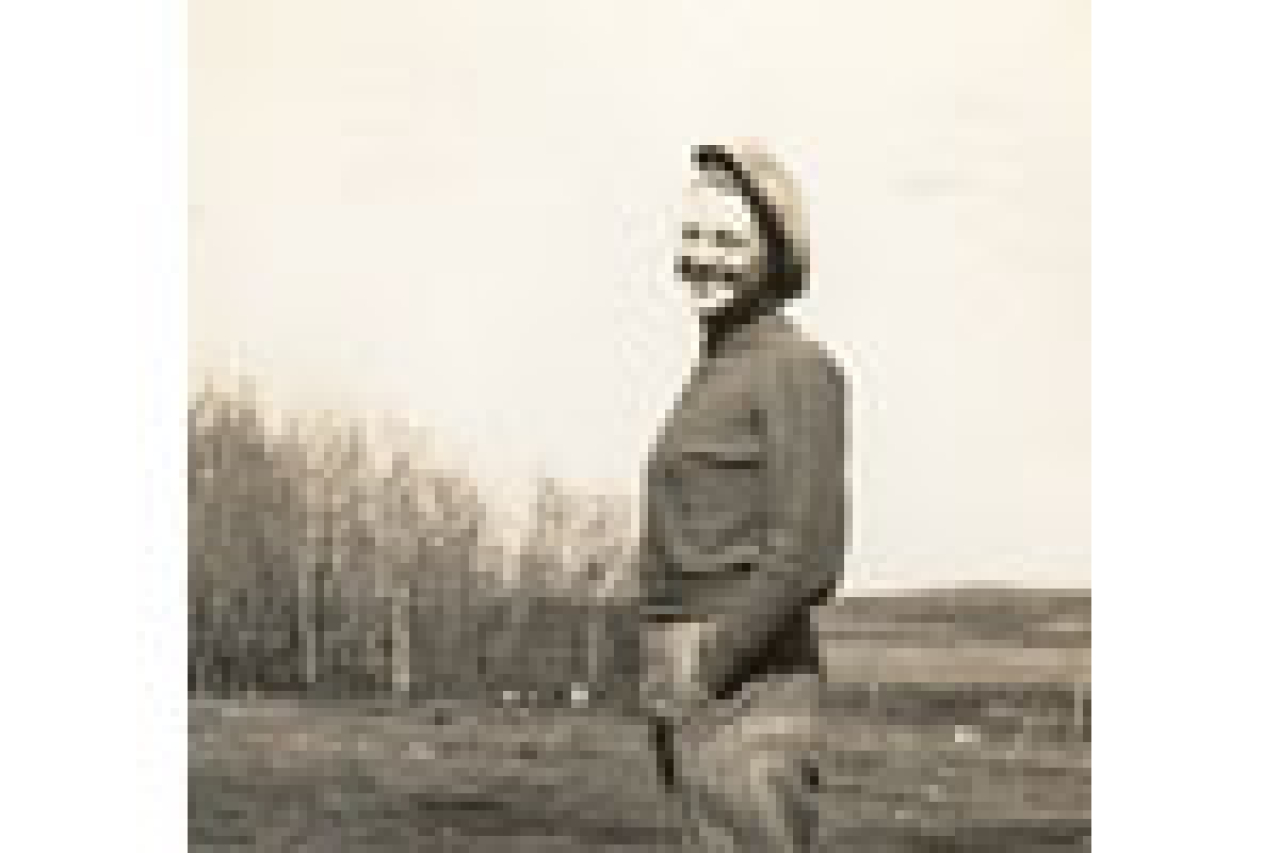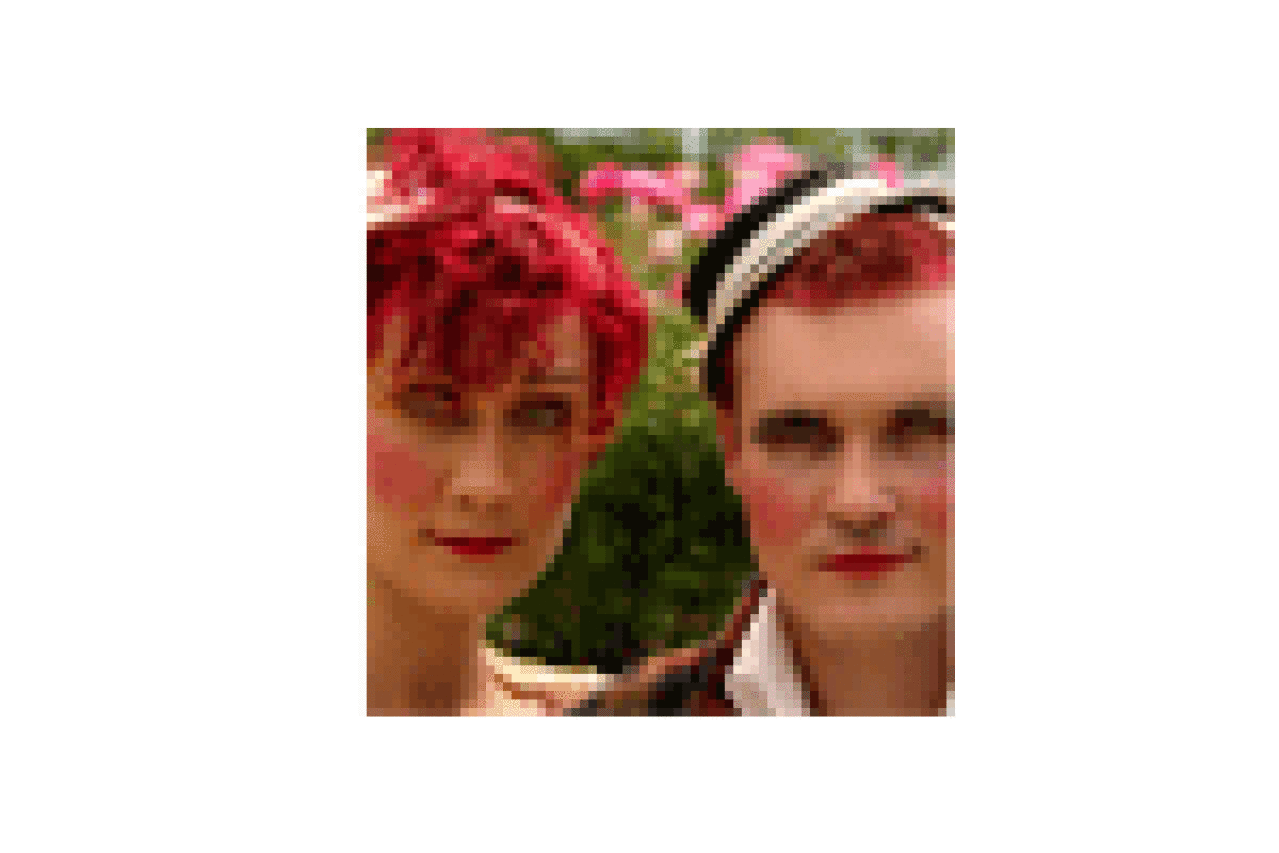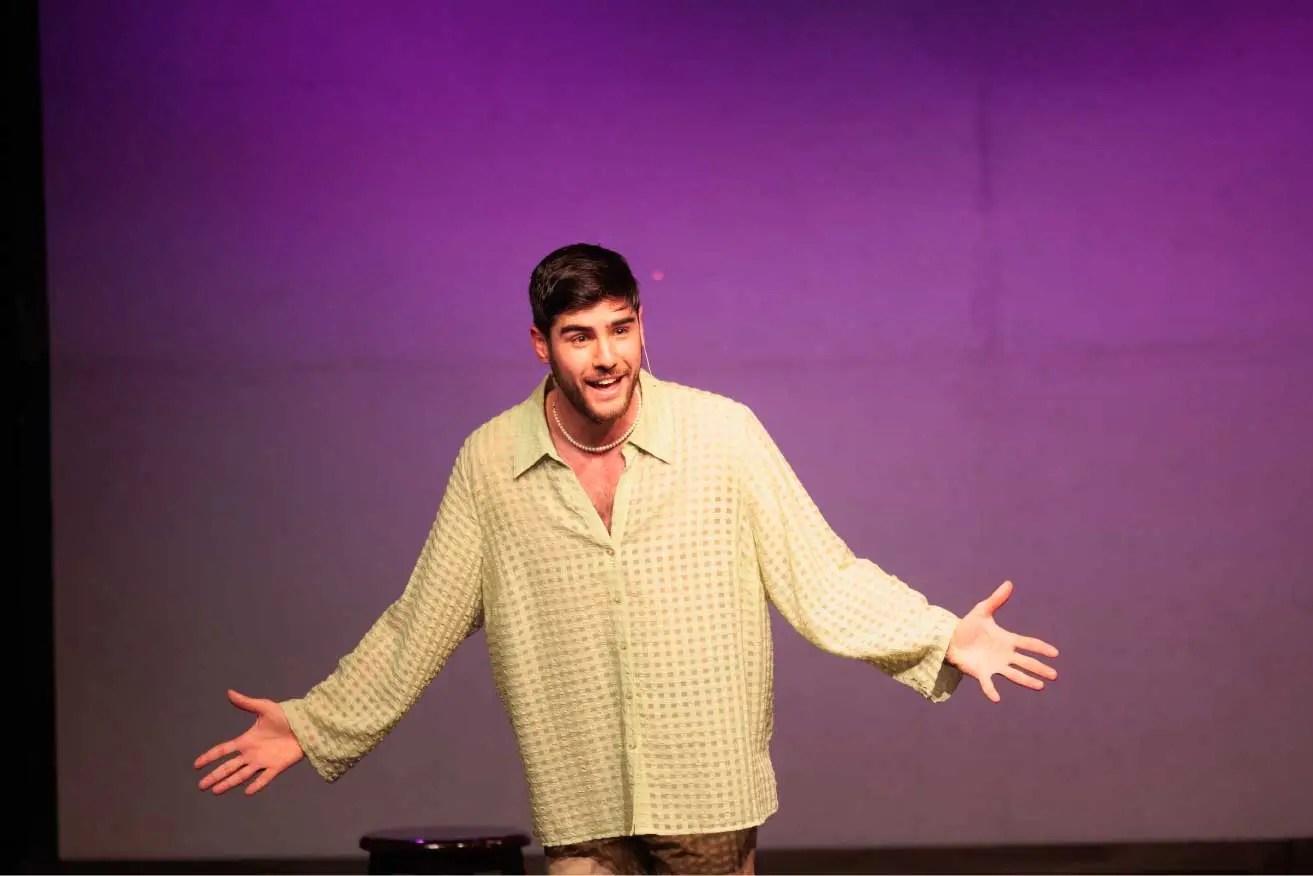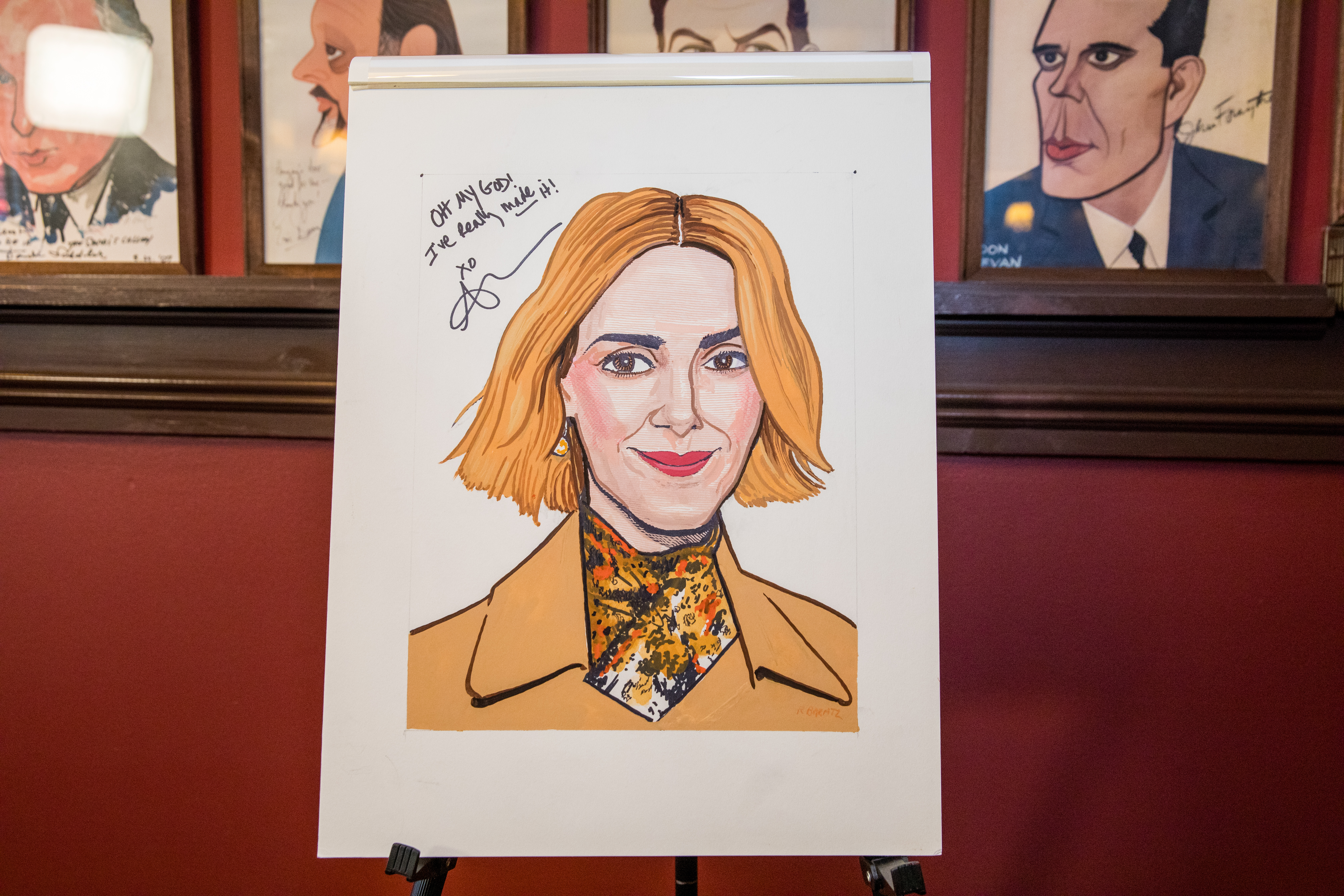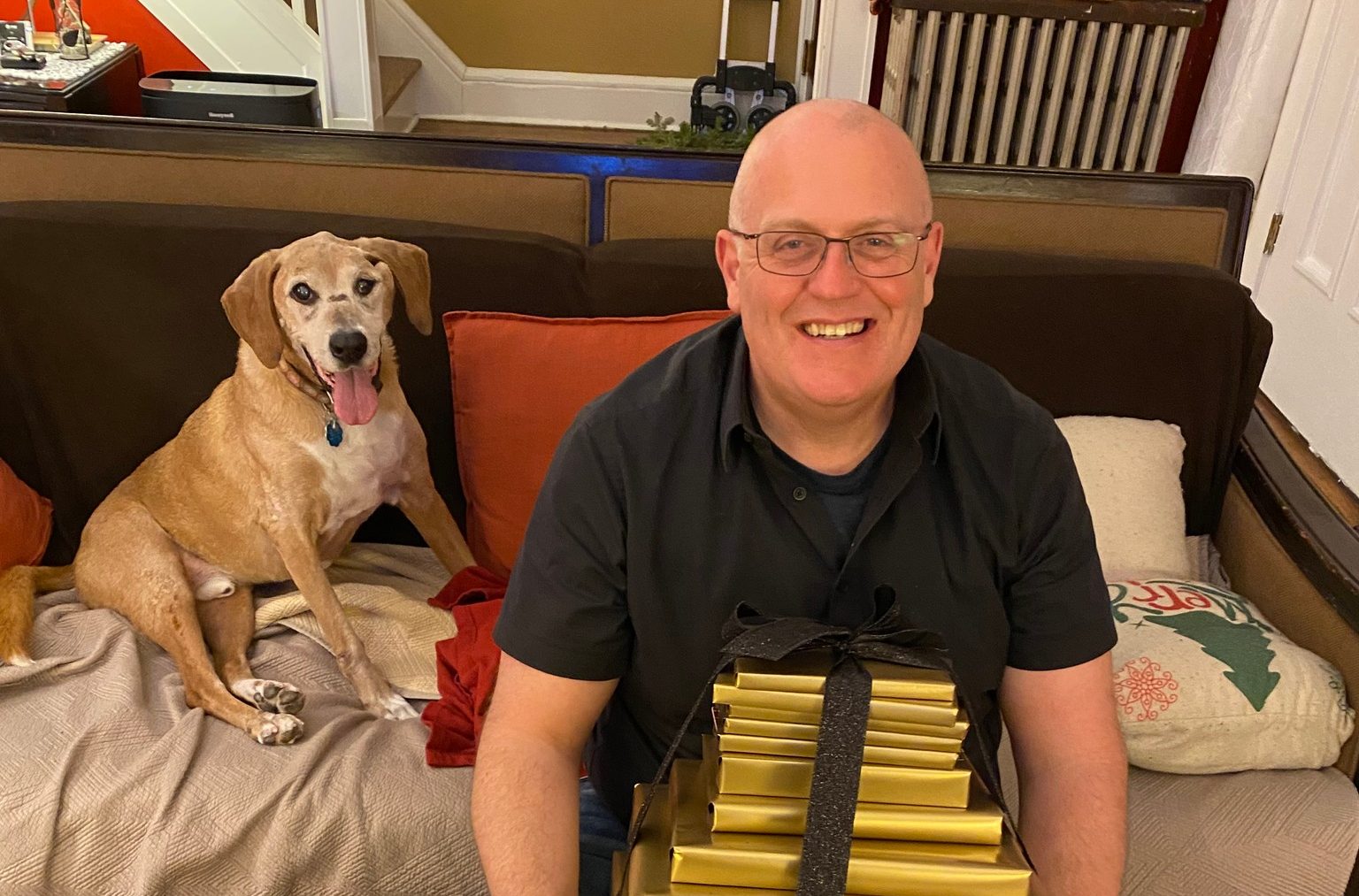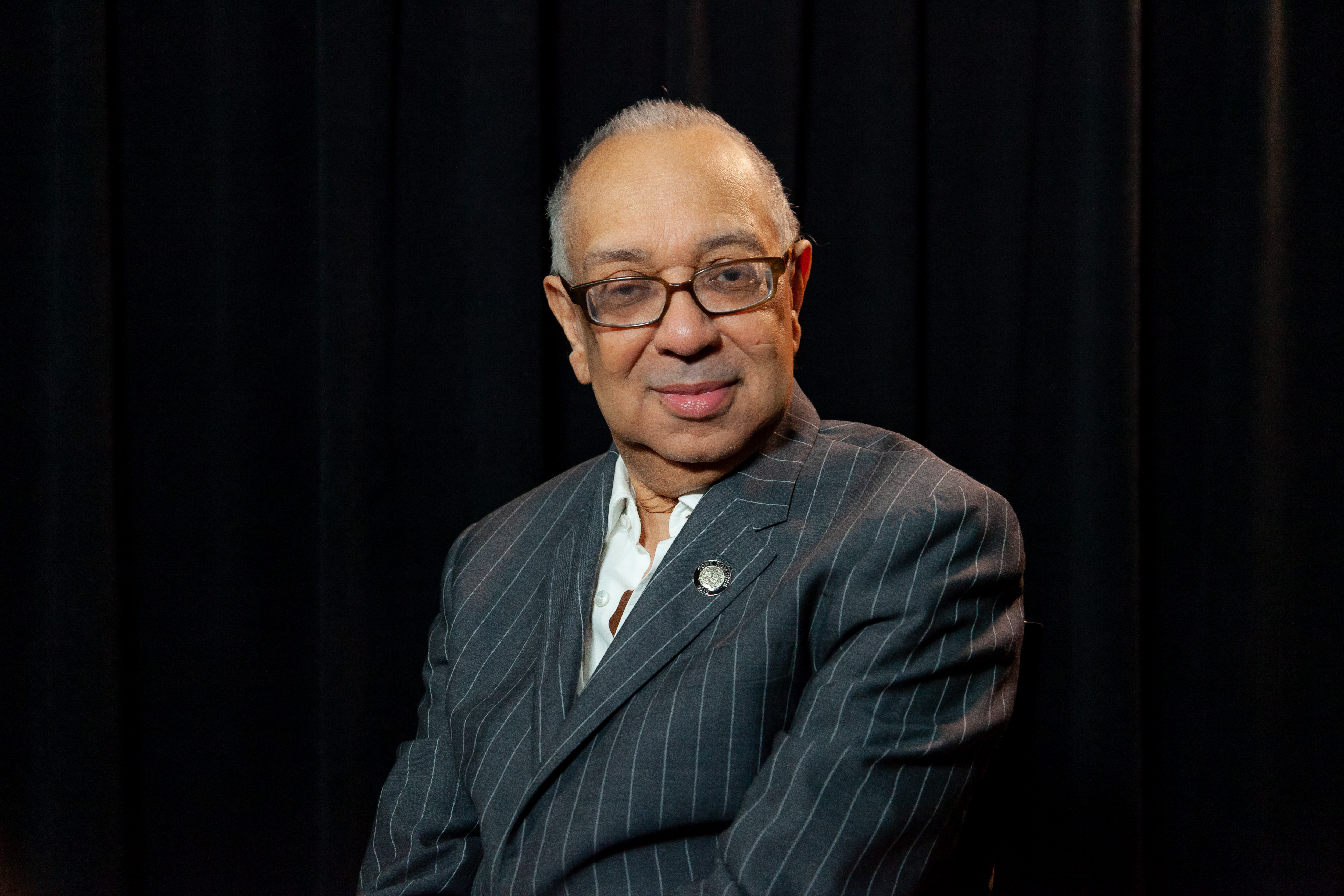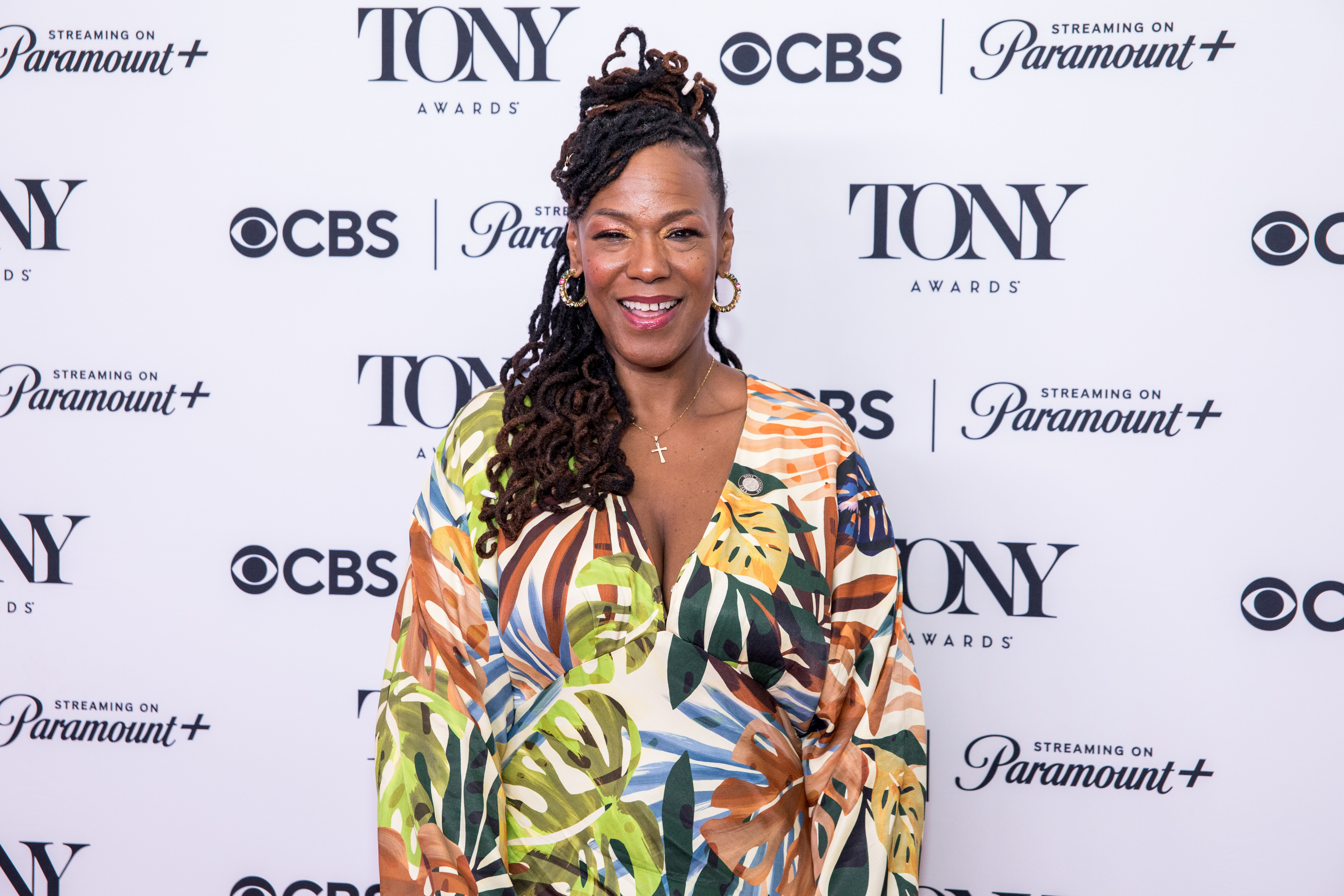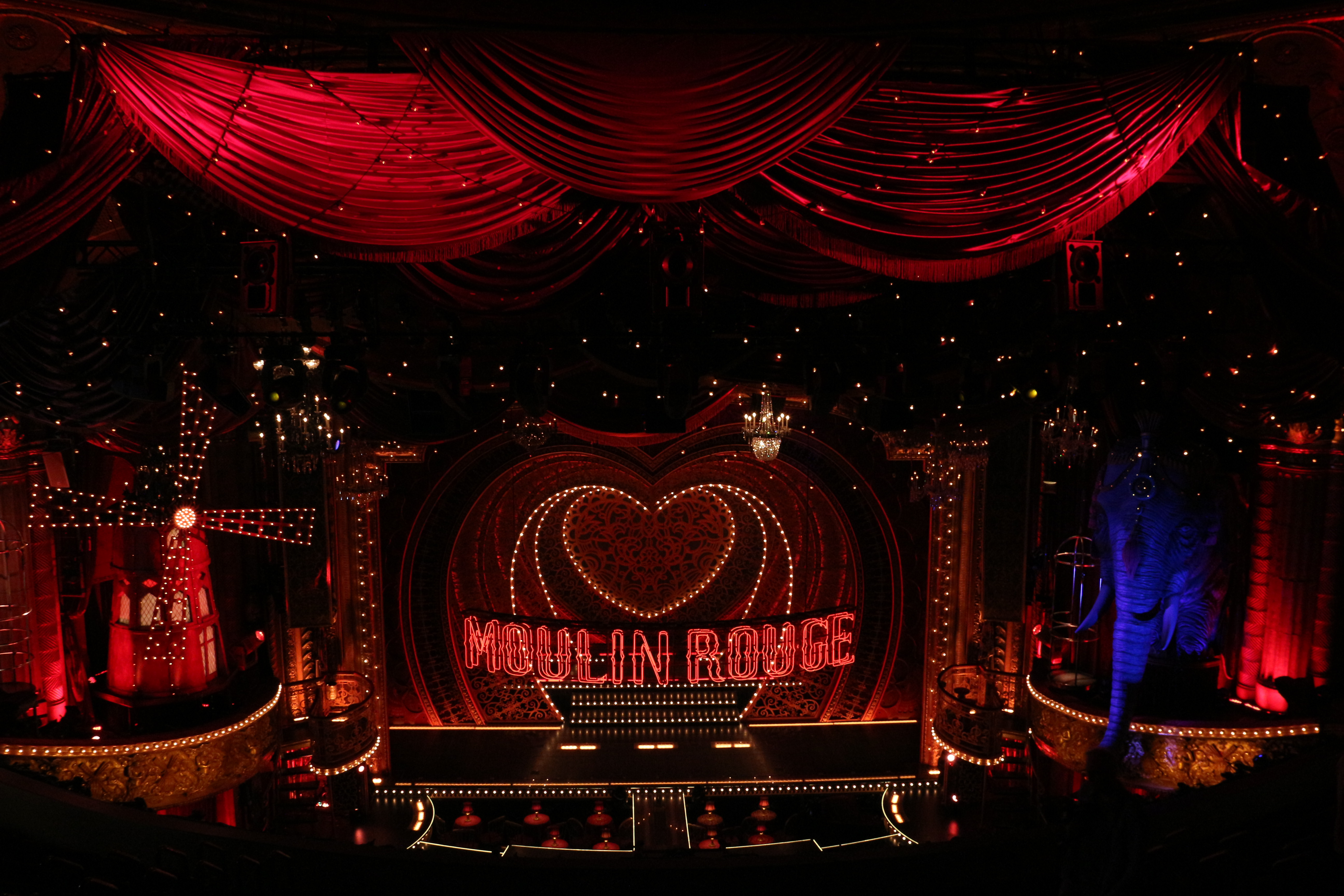2012 FringeNYC Roundup #5
*****************

in An End to Dreaming
(Courtesy of the company)
An End to Dreaming , playing at the The Robert Moss Theater @ 440 Studios, is a Gothic cabaret fairytale teeming with grand, emotional pop, reminiscent sometimes of similarly theatrical-minded rock acts like Meatloaf or Muse.
This concept concert performance is by Geppetto (comprised of Australia’s Emma Dean and Jake Diefenbach), who alternate on piano and keyboard while sharing vocal duties. Singing and playing their song cycle while wearing hooded robes and brandishing black nail polish, the pair appear at first to be members of a particularly gifted cult of Aussie Goths. But as the show progresses, they shed their coverings and reveal two vulnerable, tow-headed youths, a kind of Hansel and Gretel braving the woods of life with no one but each other for support.
Over the course of the performance, Geppetto take us through five stages (each consisting of two songs), starting with “The Darkness,” then moving on to “The Awakening,” “The Reckoning,” “The Healing,” and concluding with “The Light.” There is no clear narrative; it is a musical journey from dark to light, with excursions into self-doubt, longing, confusion, pain, and all that wonderful existential stuff. The duo is very talented and absorbing to watch, whether they’re plumbing the depths of the dream world or navigating the anxious rhythms of modern society.
If you appreciate music that is dramatic, introspective, and not afraid to indulge in a bit of poetic philosophizing, come to An End to Dreaming and see two marvelous musicians realize their hopes and terrors in song.
— Brooke Pierce
[[pg]]

(© Chelsey Blackmon)
Sappho butts up against Sophocles and both suffer severe injuries in Antigone Unearthed, at The Living Theater. Playwright director Rachel Broderick’s misguided mash-up of Greek greats might invite laughter were the eight-member all-female cast not so dead-earnest in their performing that only the most heartless patrons won’t resist the temptation.
As Broderick sees it, Antigone (Carolyn Cox) has the same determination to bury dead brother Polyneices despite imprecations by sister Ismene (Catesby Bernstein). But here she doesn’t argue her case with either King Creon or Creon’s son Haemon, but instead with Queen Creon (Jill Jones) and Creon’s daughter Haemon (Jessie Komitor).
The gender-bending isn’t the problem; it’s the "original poetry," as a program note phrases it. Line after awkward line — most delivered with precise enunciation to indicate how important the text is — falls far short of Sophocles and Sappho, with one egregious example being "Love is a creaking in the night."
Director Broderick and co-director Sophia Treanor have the four principals along with The Sybil (Treanor) and three chanting Furies (Emma Wisniewski, Amanda McDowall, Eva Amesse) dirtying hands, knees, calves and feet on a carpet of earth as they employ a "spinal movement" technique. Requiring predominantly slow gestures with the occasional abrupt angling of the body, the result resembles a divertissement that might have been crafted by Isadora Duncan disciples who didn’t quite get the point.
In the production’s favor is Cox’s Antigone, mostly because the lean and lithe actress has a profile that looks like the real Grecian thing. Cox does her best with the dialogue, although towards the end when the heroine declares herself as "Antigone the fish" and hysterically describes a watery demise, the treatment isn’t so much Antigone Unearthed as Antigone unhinged.
— David Finkle
[[pg]]

(© Donald Lee)
Blanche: The Bittersweet Life of a Wild Prairie Dame, playing at the The Robert Moss Theater @ 440 Studios, is the type of unique show that you usually only get to see at the Fringe.
A clear labor of love on the part of its creator, Onalea Gilbertson, this “theatrical song cycle” is based on the life of Gilbertson’s grandmother. Through projections of old album photos and home movies, audio of Blanche’s personal recollections, and original songs that Gilbertson has written to reflect Blanche’s experiences, this musical collage reveals the life of a tough woman who survives the poverty of the Great Depression, young widowhood, and the dread of war, while never forgetting to laugh, dance, and enjoy the little things in life.
Gilbertson, who plays piano and sings most of the songs in this 60-minute show, embodies Blanche onstage. Her accompanying band — Josh Henderson on violin, Eric William Love on cello, and Eric Richardson on guitar — play their hearts out while also acting as the three main men in Blanche’s life.
One of the most charming aspects of the production is the use of audio clips of the elderly Blanche herself. Unfortunately it is difficult sometimes to make out precisely what she is saying (subtitles on the projection screen might have been helpful), though the show’s songs tend to expand on these anecdotes in great detail — perhaps too much detail.
While it’s evident that Gilbertson is trying hard to accurately tell Blanche’s stories, certain songs display more passion than artistry, coming off as conversational to the point of clumsiness. Furthermore, the music itself is frequently eerie and anxious in ways that don’t always seem to fit with the source material.
These problems aside, Blanche is overall an engaging walk through the life of a female member of the Greatest Generation whose trials and triumphs deserve to be remembered. It makes us all think of the rich lives that our grandparents and great-grandparents led during hard times, and it’s a much-needed reminder to ask them about those days if we still can.
— Brooke Pierce
[[pg]]

in Kriep
(Courtesy of the company)
Much like some frightened teen running vainly through the woods as a deranged killer hunts her down in the woods in a slasher flick, an appealing young cast works tirelessly to put over the woefully pretentious musical KRiEp, playing at Theatre 80.
With music and direction by Sam Belich, who’s also co-written the book and lyrics with John Hammel, this “Grusical in Seven Deadly Scenes” clumsily attempts to bring the world of a serial killer to life using old-fashioned song and dance, resulting in a surreal theatrical experience.
The show’s nadir comes just after the second act has begun, when its villain, Jerry (John Hollingsworth) enters carrying a ukulele to sing the twangy 1950s-sounding rock tune with the lyrics “Modus Operandi! Modus Operandi! Who needs a Modus Operandi? Yeah!/Modus Operandi! Modus Operandi! Well, I guess one might just come in handy.” As the number progresses, the entirety of the company joins him to perform a country-western line dance (choreography by Kendra Slack).
Oddly, the sequence has not been directed either with a sense of winking humor (though watching one of Jerry’s victims perform the steps as she’s tied to a ladder in his “dungeon” induces an involuntary giggle) or with a sense of creepy irony. Like all of the other tunes in the show, including the faux madrigal that precedes it and the show’s interminable first act finale, in which a string of Jerry’s murders are enacted in “Serial Killer Ballet,” “Modus Operandi” is performed with dry seriousness. On many levels, it’s a bit like watching “Springtime for Hitler” (from the Producers) actually unfold in a tiny downtown venue.
The production is not helped by the over amplification of Belich’s pre-recorded accompaniment, which at a recent performance made it nearly impossible to understand the exposition about the musical’s central conceit which has two other actors playing Jerry at other stages of his life. Thus, it seemed as if bad Jak (Warren Douglas) and Jake (played with unbearable smugness by Christopher Tefft) were representations of a split personality rather than representations of Jerry at other moments in his life.
What’s impressive is how the company (which includes an alternative cast who will perform twice during the show’s Fringe run) soldiers on tirelessly throughout the show’s lengthy 2½ hour running time, offering up the tunes with commitment and gusto and even flashing “Jazz hands” as required. Sadly, one watches them, knowing that, like the doomed kids in horror flicks, they’re fighting a losing battle.
–Andy Propst



